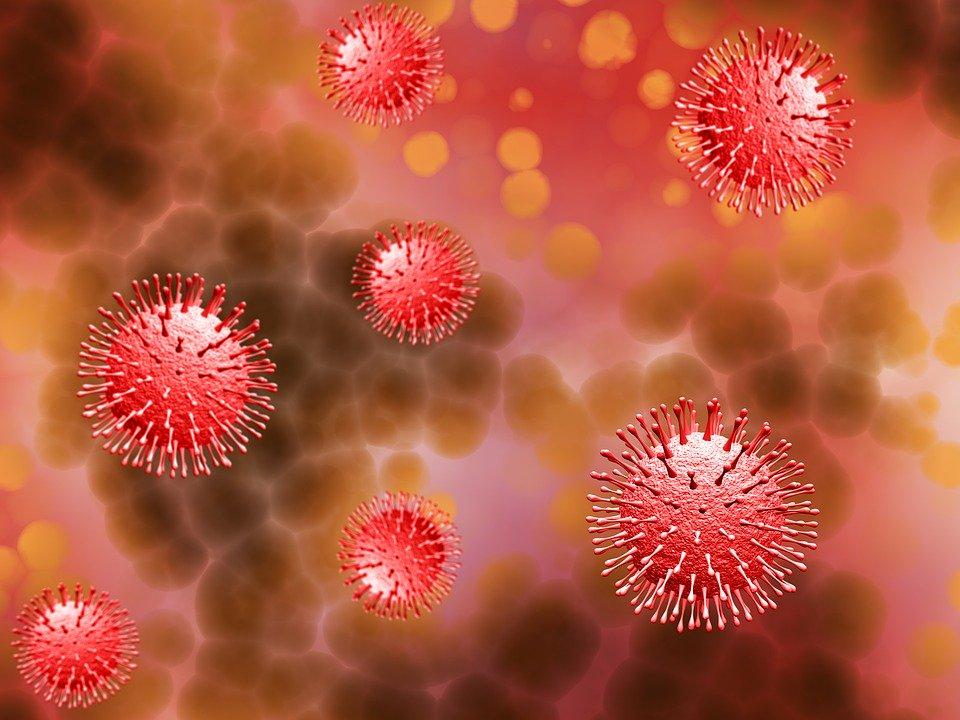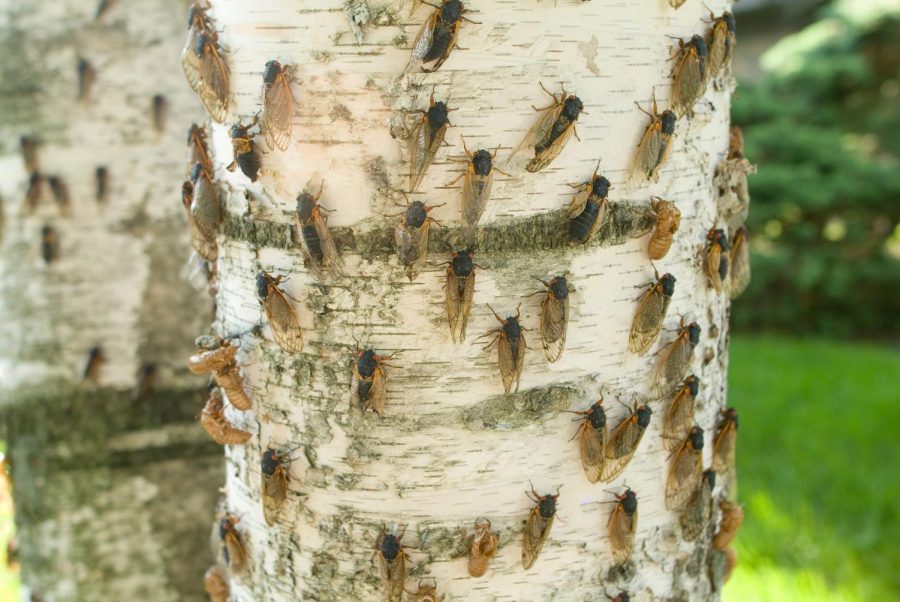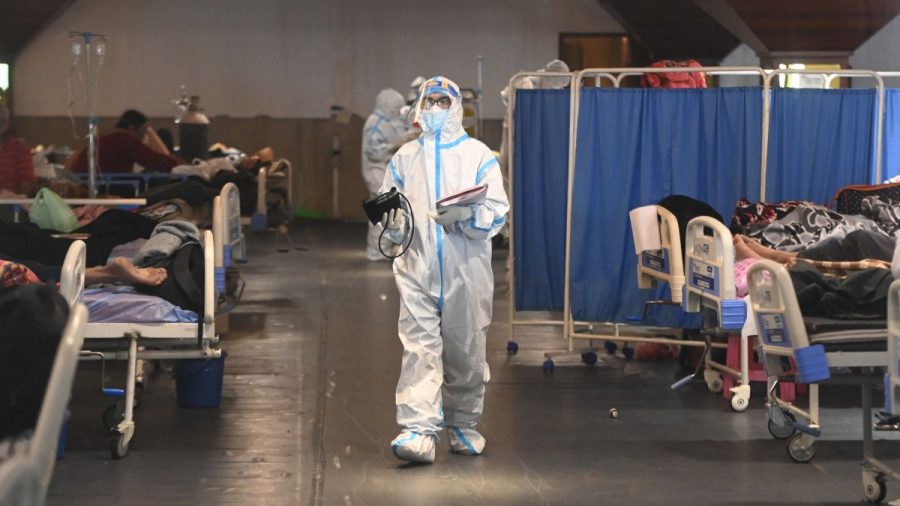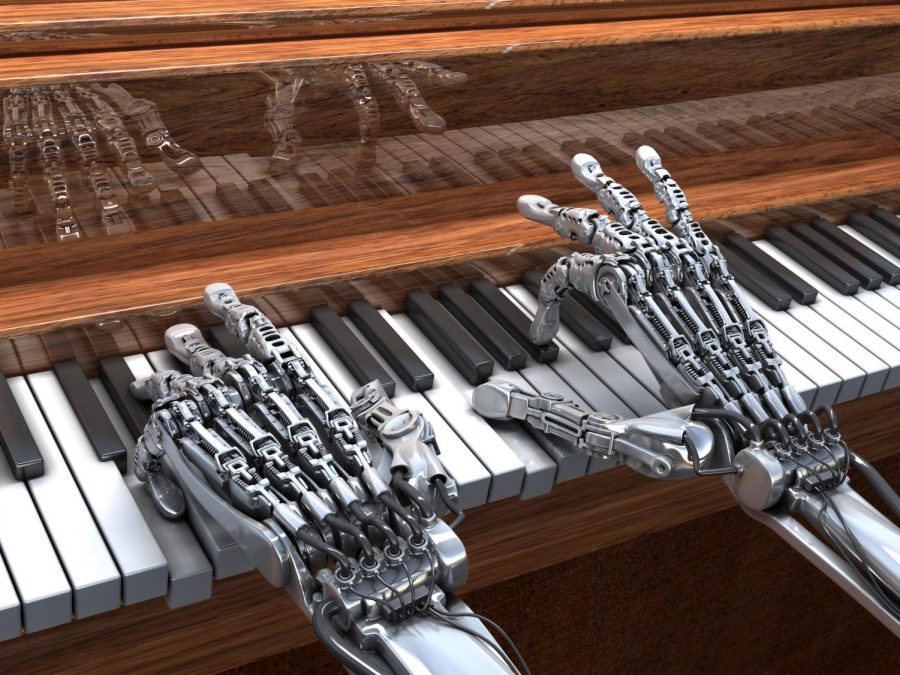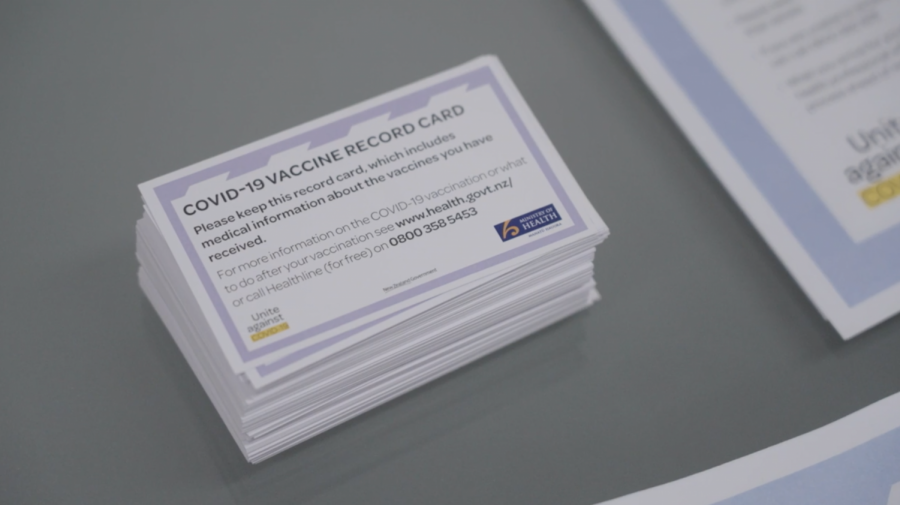Across the globe, researchers and healthcare professionals alike have been scrambling to contain and treat the novel coronavirus. Meanwhile, many of us find ourselves quarantined at home, wondering how this virus plunged the world into panic.
In December 2019, Chinese ophthalmologist Dr. Li Wenliang encountered a cluster of highly infectious pneumonia cases from a virus of unknown etiology. Upon sequencing swabs from patients, scientists revealed the source was a close cousin to Severe Acute Respiratory Syndrome (SARS-CoV), which ravaged the country in 2003. By the time Chinese officials finally acknowledged the imminent danger, it was too late. The virus had already slipped away undetected, setting in motion a cascade of infections that would ravage the world.
Where did the virus come from?
Like most coronaviruses, this novel zoonotic virus likely passed through multiple intermediate animal hosts before finally infecting humans.
In this case, the virus likely passed from a pangolin to an intermediate bat host, before mutating to infect humans. Officials from the Guangdong Wildlife Rescue Center in China identified a novel virus strikingly similar to human 2019-nCoV in the lungs of Malayan pangolins. Pangolins — one of the most widely-trafficked mammals in the Chinese market — are scaly, reclusive, ant-eating mammals native to Africa and Asia. The Pangolin-CoV virus demonstrated a 91.02% similarity to the human strain. By contrast, a 96% similarity has been noted between the human strain and a similar bat strain. Pangolin, bat, human — the virus can now spread directly from person-to-person.
“These spillover events will continue to happen as we disrupt ecology, disrupt animals and interact with animals in ways we haven’t previously, as well as increase human density in certain areas,” said Virologist and Biology professor Pat Lord.
What is a Coronavirus?
Coronaviruses are a family of RNA viruses which include Severe Acute Respiratory Syndrome (SARS-CoV) and Middle East Respiratory Syndrome (MERS-CoV). Corona, Latin for “crown,” refers to the distinctive fringes of spike (S) proteins adorning their viral surfaces. Like keys, these S proteins fit into receptor “locks” on healthy host cells, allowing the virus to open the door into the cell by fusing with the host-cell membrane and releasing RNA into healthy cells.
Spike proteins assume unique shapes in different coronaviruses, permitting them to “unlock” certain cell types over others. For this reason, deciphering the shape of coronavirus spike proteins is vital to vaccine and therapy development.
Why is 2019-nCoV so infectious?
Novel SARS-CoV-2 virus enters into the lungs via droplets and infects gas-exchanging epithelial cells in the lower respiratory tract. SARS-CoV-2 S proteins have a strong binding affinity for a type of receptor protein called angiotensin-converting enzyme 2 (ACE2).
Typically, S proteins target the ACE2 receptors of type two pneumocytes — cuboidal cells which contribute to the elasticity of the lung through pulmonary surfactant production. S glycoproteins of novel SARS-CoV-2 demonstrate higher binding affinity for ACE2 than those of their viral cousins, SARS-CoV-1. When compared with SARS-CoV-1, the higher affinity for ACE2 seen in S glycoproteins of 2019-nCoV may explain why 2019-nCoV is more easily transmitted from human-to-human than SARS-CoV-1.
Additionally, a period of prolonged viral shedding from COVID-19 patients has been confirmed in numerous studies. Viral RNA shedding from sputum outlasts the end of symptoms, presenting new challenges to infection control. In an overwhelmed healthcare system with limited resources, there is great pressure for early discharge following treatment. In case asymptomatic patients who have been discharged are still shedding the virus, some officials have recommended self-isolation for 10 days after symptoms disappear.
Understanding the origins and of 2019 n-CoV has renewed research for the next potential animal host. Predicting the next potential reservoir may prove crucial in preventing the next pandemic as well as containing the current one. This article is the first in a series of pieces covering COVID-19 for the Science and Technology section of the Old Gold & Black. For more information on the novel coronavirus, please visit the CDC or WHO websites.

